Capturing the Past, Present, and Future of your Health: PHRs, Trackers, and Virtual Reality
![]()
Thanks to technology, you now have the ability to look back at the history of your health with personal health records (PHRs) and to track your health in real time with sensors. Soon you’ll be able to glimpse the future of your health with virtual reality (VR).
Looking back
PHRs let you archive your health history. You can store information on your past vaccines, doctor’s visits, lab values, and checkups. You’re encouraged to document your family health history as well: health conditions your parents had or have, what your grandparents died of. PHRs are like an old family photo album that you revisit from time to time.
Capturing your present
Wearable trackers let you capture your body in real time, in real life. Sensors capture your steps, heart rate, body weight, sleep, mood, and dozens of other parameters of your choice. You acquire snapshots – data points – of how you’re doing, where you are, who you’re with, how you’re feeling. Your data are then added to a graph, with the passage of time across the bottom x-axis. This narrative of what you’re doing today will become your past by the time the sun rises again, with the data archived in your PHR.
Looking into your future
How do you glimpse the future of your health? In some cases you may see a shadowy reflection of it hiding in your past health history, such as the pattern of a grandmother, mother, and aunt who had breast cancer.
But how do you know how your health will evolve based on your day to day decisions, if you can’t see it or comprehend it? How can you understand how your health might be altered if you decide to take – or not take – medications for high blood pressure or diabetes? If you decide to lose weight or not put on a seat belt? If you choose to stop smoking or not put on sun block?
Virtual reality (VR) has the power to serve as a portal from your present self to your future self. VR can fast forward you through time to immerse you in your future. It can simulate outcomes – good and bad – based on your actions today.
You may travel inside your blood vessels to see how your current lifestyle will gradually lead to clogged arteries and a deadly heart attack. You may experience what it’s like to live with an amputated limb as a result of daily choices that leave your diabetes uncontrolled. Or you may experience the joys of playing with your grandchildren well into old age.
VR has the power to influence your behaviors today by superimposing their consequences on to your future.
VR has been widely touted as a way to generate immersive experiences that create empathy for social causes. VR can also give you empathy for your future self.
Summary Graphic
You can capture your past health with PHRs (and electronic health records, or EHRs). This is archived information that you can reflect on. You can explore your present health with trackers and biomarkers. You collect and review the data. This phase represents a zone between what you did and what you are going to do. You can glimpse the future of your health with virtual reality. VR lets you to predict, and potentially prevent, health problems.
![]()
Popular related posts
Why it’s Easy to Fool Your Activity Tracker and What You Can Do About It
Dress for Success: Key Features Smart Clothes Need to Succeed
The Future of Activity Monitoring: Innovating Beyond Steps, Sleep, and Speed
What if Wearable Tech was like Press-on Nails?
Self-tracking meets ready-to-wear
Wearable Tech Pinterest Board (Extensive listing of tracking gadgets, gizmos and garments)
Photo credits
Laptop photo courtesy of Thomas Wong on Unsplash
Watch photo courtesy of Crew on Unsplash
VR photo courtesy of Samuel Zeller on Unsplash


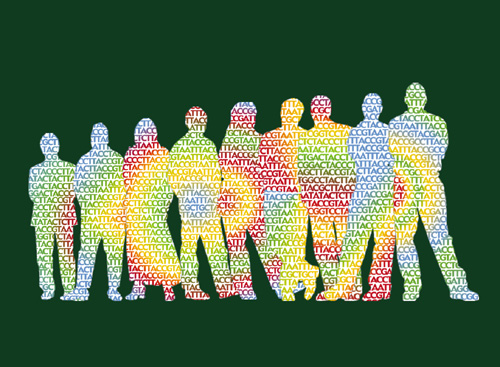
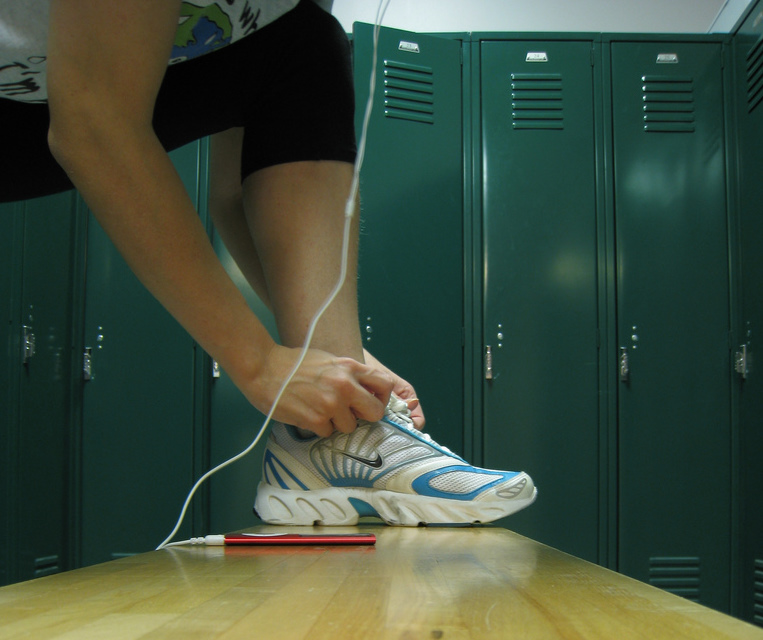
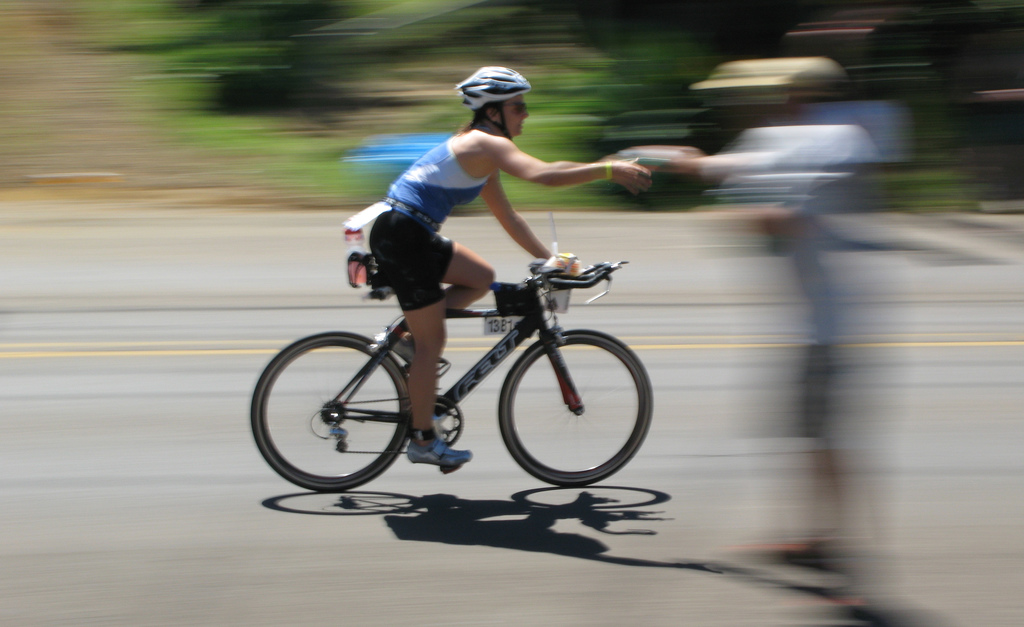
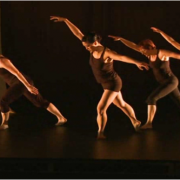

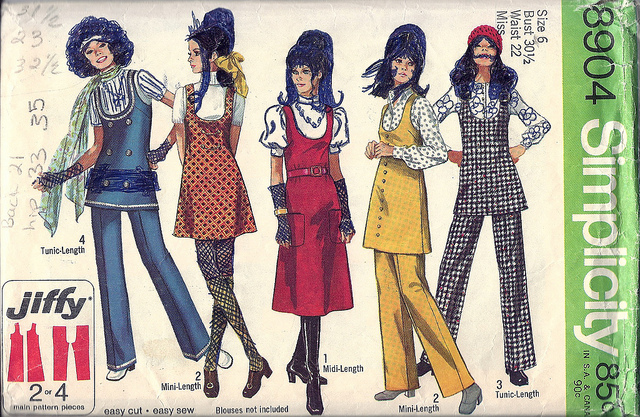
Leave a Reply
Want to join the discussion?Feel free to contribute!